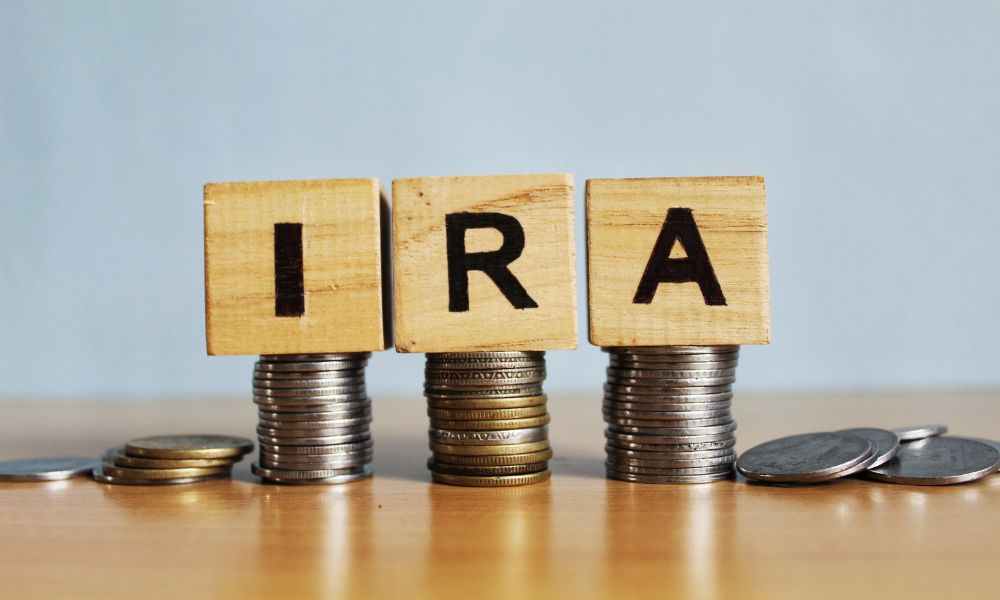
Within the ever-evolving landscape of retirement planning, understanding the subtleties and complexities of various investment avenues is paramount. A self-directed individual retirement account (IRA) offers you an increased degree of control over your investment choices, allowing for a more personalized approach to retirement savings.
This unfettered autonomy comes with its own set of distribution rules that can often seem intricate and daunting. These rules govern everything from when and how you can withdraw your funds to what penalties you might incur for early or excess distributions. Learning what the distribution rules for a self-directed IRA are will help you manage your account more efficiently.
Understanding Self-Directed IRAs
Before digging into distribution rules, it’s essential to understand what a self-directed IRA is. Unlike traditional IRAs, a self-directed IRA allows you to direct the investments within the account. This means you can invest in a broader range of assets to expand and gain more control over your investment portfolio.
Required Minimum Distributions (RMDs)
Once you reach the age of 72, you must start taking distributions from your self-directed IRA. The recalculated RMD amount for each year considers the account balance as of December 31 of the preceding year and the distribution period from the IRS’s Uniform Lifetime Table. These specifics are a critical point in the roadmap to navigate required minimum distributions efficiently, helping secure a financially stable journey through retirement.
Early Distributions and Penalties

Early distributions from a self-directed IRA, or those made before you reach the age of 59.5, can potentially trigger a 10 percent early withdrawal penalty. This penalty is in addition to the regular income tax that the distribution might incur. Certain exceptions to this rule can help you avoid the early distribution penalty. These include distributions made to a beneficiary or estate upon the death of the IRA holder and distributions used for unreimbursed medical expenses exceeding 10 percent of your gross income.
Tax Implications of Distributions
Tax implications form an integral part of the distribution strategy for a self-directed IRA. The IRS generally taxes distributions as ordinary income, meaning they add the distributed amount to your income for the tax year and tax according to your tax bracket.
It’s important to note that if you made any non-deductible contributions to your IRA, these portions of your distribution will be tax-free. In cases where you reach the age of 59.5 and take a distribution, the funds will typically fall into income, and the IRS will tax it at your current rate. Understanding the distribution rules for a self-directed IRA is the key to maximizing your retirement savings and avoiding unnecessary penalties. The rules may be complicated, but with a solid understanding of them, you can navigate your way to a comfortable retirement.




